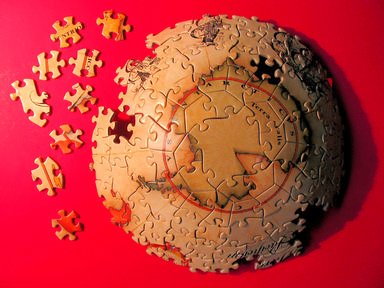
Fractured Bones in the Body Trivia Quiz
The human body contains 206 bones. Here are ten of these in fractured form. Say the words out loud. They will sound a lot like each word you need for your answers.
A multiple-choice quiz
by Creedy.
Estimated time: 4 mins.
